Aires Garrido, civil governor of Faro, began, following the publication of the Ordinance of 1 August 1866, a tour of the district, after which he prepared a report to present to the government.
As we have already remembered here, the country was in crisis and, in order to balance the public accounts, several reforms were being elaborated in those years, including the administrative one, which foresaw the suppression of several councils.
On the other hand, public health laws, so dear to liberalism, such as the construction of cemeteries, together with the management of the public defendants, constituted elements of attention in each municipality.
We do not know when the governor started or ended the trip, as well as the means of transport used, it is likely that the boat was the option. Or perhaps through Estrada Real no. 78, the genesis of the current EN 125, which in 1866/67 was already largely conceived.
The Report, completed in April 1867, is organized alphabetically, noting that Albufeira was the first municipality visited.
Before starting the descriptions, we warn the reader that these are anything but romantic or bucolic, as they mirror a harsh and harsh reality and may even cause some discomfort.
History, however, does not only record pleasant facts, the less positive ones also accompanied our ancestors and serve to remind us, if nothing else, of the privilege of living in the Algarve of our days. Despite all the adversities we have gone through, nothing compares to the misery and ignorance of the past.
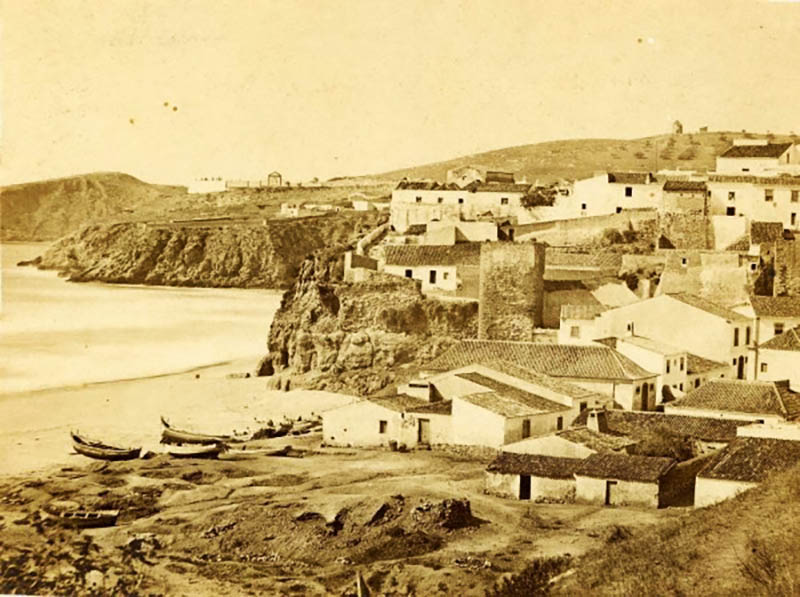
Let us then return to 1867, more specifically to the town of Albufeira. Among other aspects, Aires Garrido mentioned that «the head villa of the municipality has 361 dwellings in 137 that it had in 1839; it was almost entirely set on fire in 1833 by the Remechido guerrillas, its buildings being reduced to slums, it has been reborn successively, though slowly, with almost all the old houses being rebuilt and many new ones built; in addition to what the city council has carried out several improvements, aligning the houses, widening and paving the streets, sweetening the climbs and rebuilding the town hall; they are still quite shy, not comprising, in addition to the session house and the municipal secretariat, more than the council's administration, but everything is regular and decent, with the most public offices being very poorly accommodated in their own or rented houses; but the council has already bought a house adjoining the town hall and at my instances will effect the purchase of another one that follows that one, which done and through some indispensable works, can bring together in the same building the judicial court, the property office and the telegraphic station'.
If it is true that the village, victim of the guerrilla fury of Stumbled, had recovered 30 years later, with new buildings and public improvements, there was a huge setback, common to most of the Algarve's municipalities: “the chamber finds itself, like almost all those in the district, in financial difficulties that require some time to stop working”.
With a high passive debt and a large part of it uncollectible, the municipality could not “provide the needs that the municipality demands”.
Namely, the construction of a new cemetery, as it is “what is there, besides being deficient, very poorly located and indecent, and the plumbing of a spring of fresh water that sprouts two kilometers away, to build a fountain in the villa, since none has».
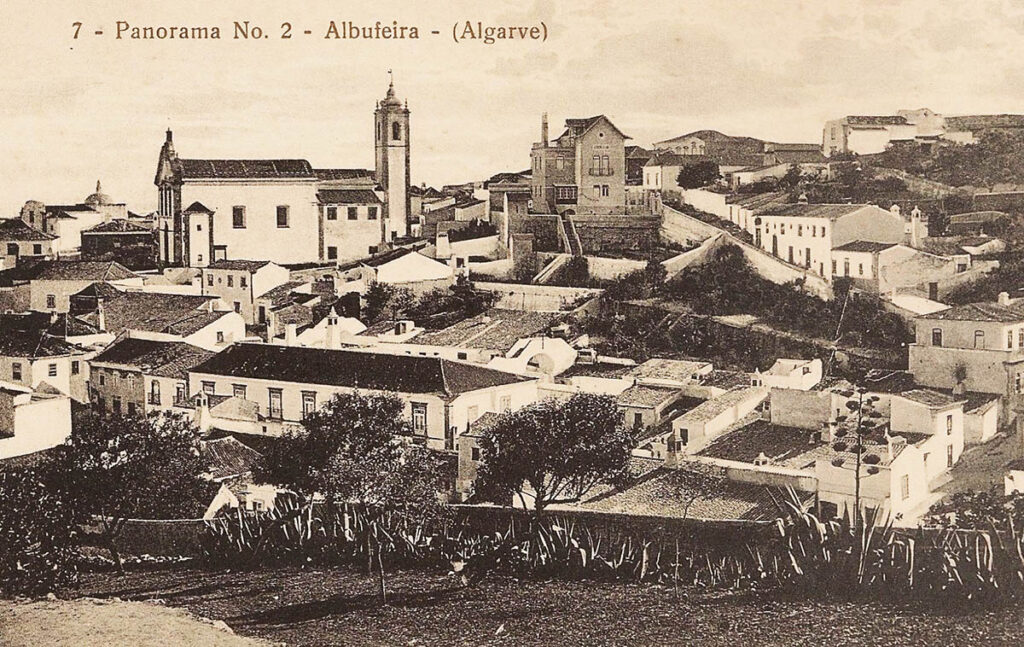
The water supply to Albufeira was a centuries-old problem, solved practically in our days. Even so, Aires Garrido determined the work of the cemetery as a priority, in such a way that, when he wrote the Report, it was already under construction.
As for the budget for the canalization of water and the respective fountain, he informed that it would be drawn up shortly.
In administrative terms, the governor found several irregularities in the Chamber, while in the Parish Council of the county seat he pointed out nothing remarkable. This finalized the "rebuilding of its church, which is very decent and even elegant". Works probably resulting from the 1856 earthquake, which left part of the temple destroyed, such as the Cathedral of Silves.
Also in the Boards of Paderne and Guia, that administrative magistrate found nothing, except the delay in rendering accounts. In these parishes, he wrote, "there are cemeteries less poorly situated, decent and finished".
The village had a hospital, whose building was in poor condition, with a capacity of three patients, being managed by the Misericórdia de Albufeira.
In terms of education, there were two male schools in the county, with a regular attendance of 96 boys, out of a total of 637. In turn, the approximately 600 girls, aged between 7 and 14, did not attend any school , because it does not exist.
Thus, of the total number of children, less than 8% attended school.
The population of the counties is not mentioned in the Report, but we know it from the 1864 Census, in this case it was 7 individuals, of which 453 begged on the streets to survive, while 133 lived on public charity, without begging. Despite this reality, there were no mutual aid associations in the municipality.
The civil governor did not leave Albufeira without stressing the interest, will and zeal he found in the mayor, which left him confident in the changes that were required to be made.
A more antagonistic attitude and reality was what he found in Alcoutim. About the Alcouteneja lands, the second council that focused, at the time with 8 063 inhabitants, wrote: «in this council, whose head has only 90 houses, being in great decay, as shown by the many uninhabited houses and even collapsed in it, the municipal administration is just as one might expect from a council, whose councilors are almost all illiterate, and the clerk of the council, who is also the administration of the county and the farm, is in charge of everything. , and given the circumstance of being the president besides sub-delegate of the regional procurator, treasury clerk, and in this capacity subordinate to the clerk of the same chamber».
The lack of qualified people was dramatic, a single individual occupied almost the entirety of the clerk's positions, with the addition of being his own subordinate.
The town's state of ruin even contributed to the public buildings: «the house of the town hall is in a deplorable condition and especially the roofs, and so are the administration houses, the courthouse, public prisons, the sidewalks in the streets, the dogs. next to the Guadiana, in short, everything that is in charge of the chamber of this council».
Negligence that extended to the municipality's revenues, after all, there were debts to be collected that were more than 20 years old.
However, the unpleasant surprises had not ceased: «there is no apothecary [pharmacy] in the council, nor a single optional [doctor], and while the chamber has lately created a party of 400$000 reis for a doctor and another of 70$000 reis for one apothecary, neither are provided for, nor have they yet opened a competition, because they do not have the means to cover these expenses in the budget».
If this was already questionable, the worst thing is that "they are not even very willing to vote on them, despite my orders and the recommendations I made to them during the visit, because they are not convinced of the need to have them in the council." after all, everyone lived "very satisfied with the healers they deal with". If there were rights and healers, why a doctor or pharmacist?...
In terms of necropolises, “the cemetery of the town is tolerable, as are those of the parishes of Pereiro and Vaqueiros; that of Giões is incomplete and that of Martim Longo is poorly situated, as it is within the village».
For all this, Aires Garrido warned that the council could only be justified "by the isolation in which it finds itself at an angle of the district, eight leagues away from the nearest towns, which are Castro Marim and Villa Real de Santo Antonio."
The governor noted to the government that he had left instructions to be promoted «the works, improvements and adoption of the measures that this council demands», however he immediately added «not trusting at all in the happy result of my efforts, therefore on the part of the inhabitants and from the respective administrative bodies and local authorities if they do not find the slightest cooperation or assistance there».
After all, «convinced that the council's situation cannot be suppressed, they understand that the higher authority agrees by necessity to let them live in their own way, and they intend to go on enjoying the inherent advantages in the service of the positions they occupy».
In view of this reality, it was not surprising that municipal accounting, despite having been regulated for 17 years, was not organized there as such, summarizing «only the daily income and expenditure book», which he found regular.
In the parish councils, the situation was different, with budgets approved "some up to 1866 and others up to 1865", while those of the council were based on the economic year 1850-1851, and despite being sent a few years later, there was still a lack of most of which I complain without ceasing”, without success, we add.
There were no mutual help associations and, in terms of begging, 71 individuals begged to survive, while 46 did not, but lived exclusively on charity.
In terms of education, there were 5 public schools, regularly attended by 38 boys and one girl, out of a total of 1 school-age children, ie less than 363% attended school. A dramatic description of the peoples of the Northeastern Algarve.
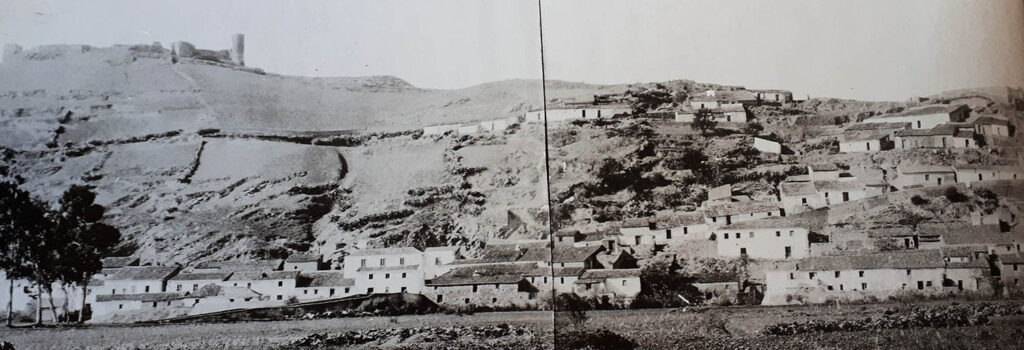
At the other end of the region, in Aljezur, the governor found a reality very close to alcouteneja. About Aljezur, with a population of 3 inhabitants in 956, he wrote: «this council, which doesn't even count 1864:1 fires and which, having been suppressed by the decree of October 000th, 24, was restored by the law of September 1855th of 10, it has only five leagues of almost impassable paths in favor of its existence, between its head and that of the municipality of Monchique, to which, in my opinion, it should be annexed as soon as a good road connects these between them. two villas and the main towns of both current councils; since it does not have personnel sufficiently qualified to serve in public offices, nor can it be without great shame on the part of the peoples, the expenses necessary to sustain their autonomy».
After all, even if the City Council intended the construction of a new building, as the existing one was deficient, to house all the public offices throughout the town, it would have to impose heavy taxes on its residents, which it considered unfeasible, due to the poverty of the inhabitants. and liabilities of the municipality.
Even the salaries of employees were very small there. But, this did not prevent them from being zealous, “nevertheless, I must declare that I found the bookkeeping clear and up to date; so in the county administration as in the council secretariat, I did not notice essential faults, and found the municipal revenue and expenditure accounts up to and including 1864-1865 approved, and so also those of the parish councils of Aljezur and Odeceixe, and only late. those of Bordeira'.
Like Alcoutim, here too there was no doctor or pharmacist, «there were no more than bleeders in the county, and not even a drugstore, so the inhabitants had either to perish from lack of treatment, or to resort to one of the closest counties at the expense of expenses, so that those who are qualified are very rare».
The local cemetery, on the other hand, “besides being small and ruined, is very poorly situated because it is only 20 meters from the nearest houses; those of Bordeira and Odeceixe need, the first to be added and the second to considerable repairs».
In the county, there were three male schools installed in poor houses, «there are no better ones that the council or parish councils can rent, nor do they lend themselves to any sacrifice to improve them, nor will it be easy to get buildings to be constructed in average conditions. sufficiency for this purpose». With 631 school-age children (326 boys and 305 girls), only 49 kids attended, around 8%.
But the constraints of the governor's penalty had not yet ceased: "there is no public clock in the council", to add right away, "in short, everything is lacking there".
It recalled the usefulness of channeling the waters of the Aljezur and Odeceixe streams, with the aim of making the land more productive and the adjacent villages healthier.
He even considered those places as the «poorest and miserable in the Algarve». The health conditions did not help and were even aggravated by the “rice cultivation, without any respect for the prescriptions of the sanitary regulations, which are a dead letter there”.
In spite of this infamous reality, he was surprised because, «however, they live satisfied in the state of backwardness in which they find themselves and in the midst of the privations they suffer, wishing to preserve their municipal independence». Autonomy that he once again emphasized did not make sense when there was a road to Monchique.
Warning, even so, that I would continue to give support to improve "in this council the branches of administration that need it most", although, with very low expectations, "the more I urge, the more I am convinced of the little result I will be able to obtain, because to all improvements and reforms I oppose with tenacious resistance».
Misericórdia owned a hospital, whose building could house 12 patients, although it was also in poor condition. In terms of begging, 40 poor people lived on public charity, without begging, to which was added another 117 begging on the streets.
Aires Garrido was particularly hard on the municipalities of Alcoutim and Aljezur. If, in the first case, he did not fail to indirectly suggest its extinction, in the second, despite having found a zealous administration, the shortages in population and economic terms left him in no doubt, the latter prevailed.
It should be noted that all the analyzed municipalities lacked new buildings and in all of them the deficit was chronic. But if, in Alcoutim or Aljezur, the indifference of the local authorities reigned, in Albufeira, the mayor showed commitment and interest in the opinions of Aires Garrido.
In turn, school attendance was very low, almost 8% in Albufeira and Aljezur and approximately 3% in Alcoutim. School buildings were generally bad, education at all was a priority for society.
The coast was not yet synonymous with wealth and the municipality of Alcoutim had not only more inhabitants than Albufeira, but also much less begging.
Despite a general penury and delay, the governor was shocked by the contentment with which the Aljezurenses and Alcoutenejos lived. However, dear reader, the reality described for these municipalities was not the exception in the Algarve of 1867, as we shall see...
(Go on)
Author Aurélio Nuno Cabrita is an environmental engineer and researcher of local and regional history, as well as a regular collaborator of the Sul Informação.
Note: In the transcripts, the spelling of the time was maintained. The images used are merely illustrative and correspond to illustrated postcards from the last decade of the XNUMXth century and/or early XNUMXth century.
Also read the first part of this article:
The Algarve in 1867 or a devastating portrait of the Algarve and the region – I
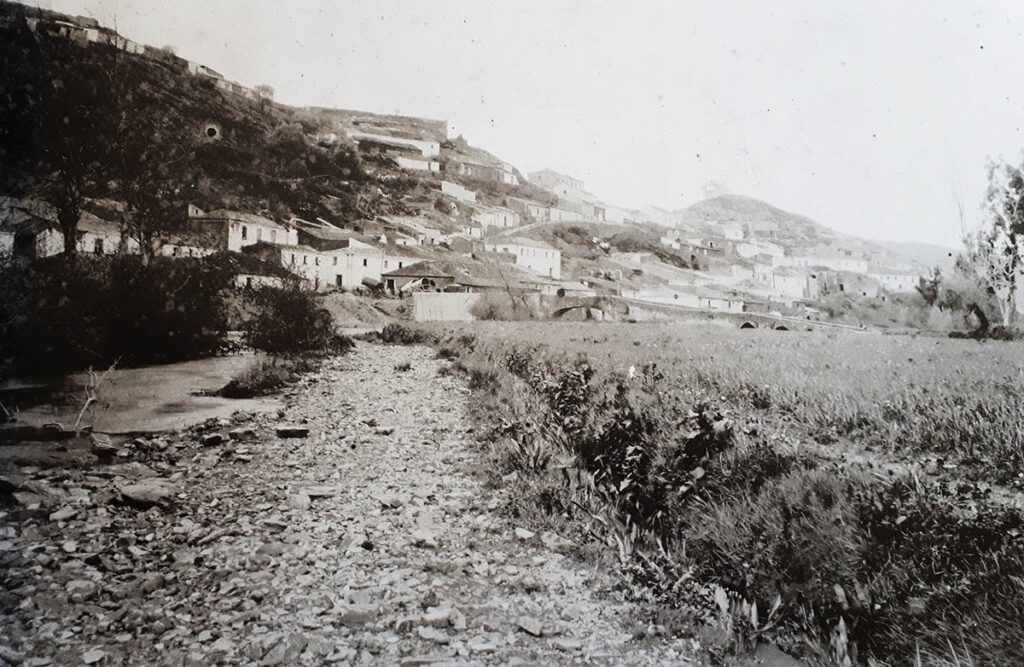
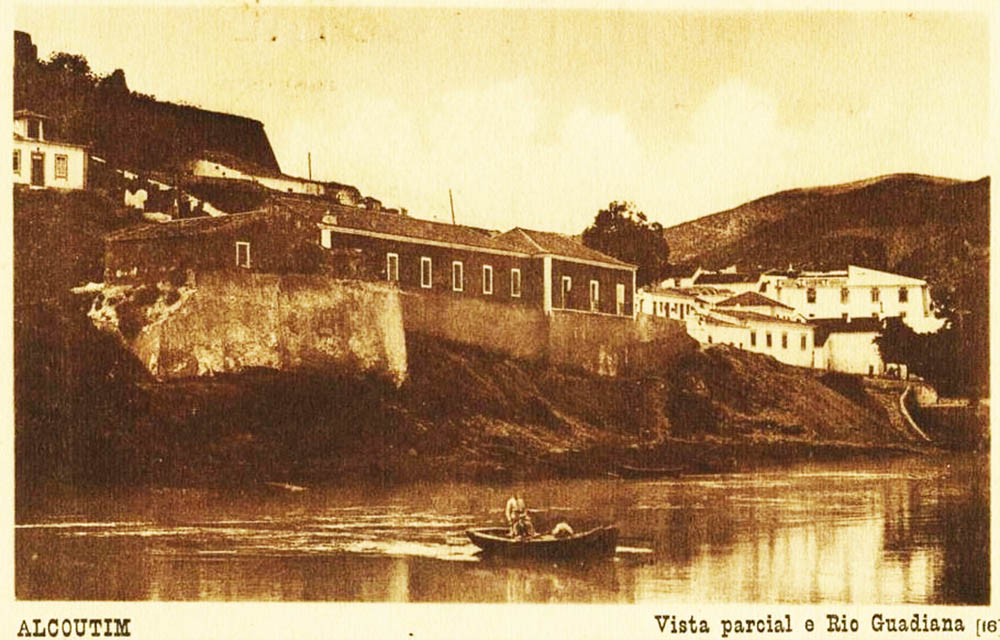



















Comments